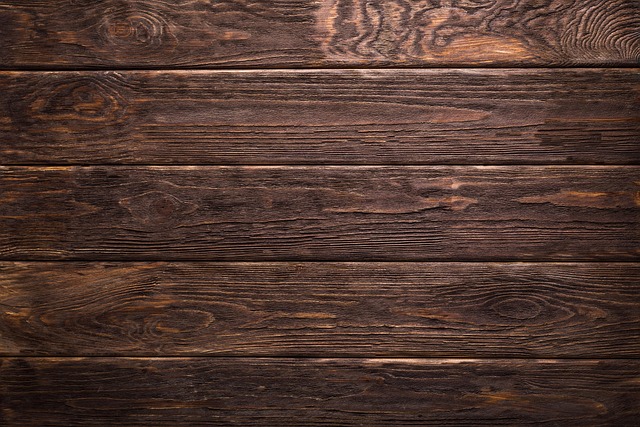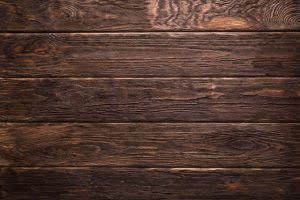Sealing wood for outdoor use is critical since most sealants contain active agents and UV-rays blockers that protect the wood from fading and aging. Perhaps you intend to seal your outdoor painted wood or structure and wonder how to go about it?
Well, in this article, we are going to discuss how to seal painted wood for outdoor use. Initially, you need to select appropriate tools, purchase the right wood sealant, prep the surface, prepare the sealant, and carry out the actual application gently with a paintbrush or a roller.
How to Seal PaintedWood for Outdoor Use
Step 1: Choose the Appropriate Tools
- A Paintbrush or a Roller
- An empty bucket and a putty knife
- A broom or a vacuum cleaner
- A blower and tack cloth or mop
- Polyethylene bag and Sandpaper
- Protective gear – overall, boots, gloves, facemask, goggles, etc.
- Sealant and thinner
Step 2: Select the Right Sealant
Selecting the best sealant for painted outdoor use is critical in achieving a long service life. However, we shall classify sealant into three categories:
Currently, there are a couple of sealants in the current market that may even be confusing if not well matched to the wood type under the sealing process.
1. Polycrylic sealants
Polycrylic sealants integrate low VOC components (less pollution) and contain polyurethane resin, which is embedded in its chemical structure. The solvent has white color pigments that turn colorless/clear upon drying.
Polycrylic sealants work best over latex paint (forms a strong bond), but easily washed out with water or water-based thinner.
Polycrylic sealants don’t stick or bond sufficiently when applying over oil-based paint – the sealant peels or chips after sometimes.
Unlike polyurethane sealants, Polycrylic sealants are less durable and have a considerably lower service life.
However, Polycrylic sealants are highly preferred due to their low VOC components – they are fewer pollutants.
2. Polyurethane Sealants
Polyurethane Sealants are manufactured as either water-based or solvent-based polyurethane compounds for the easier application process.
- Usually, Polyurethane Sealants form a tough finish coat, which resists peeling, chipping, or fading with time.
- Moreover, Polyurethane Sealant delivers a scratch-resistant coat layer that is less susceptible to UV-rays damage.
- Though Polyurethane Sealants contains some toxic fumes/components, the solvents guarantee long service life and overcome challenges such as peeling, chipping, scuffing, or flaking, especially during winter or humid environment.
The solvent-based Polyurethane Sealants are the best suitable oil-based painted wood – avoid using it over latex pain and vice versa.
3. Sealant and Paint Combination
This combination entails a gallon paint container that integrates sealing compounds within its chemical formulation. Such kind of paint is there (but rare).
- Usually, the sealant sticks along the paint layer and acts as a UV-rays blocker upon drying. This solvent compound is also resistant to fading and peeling especially if the right number of coats are applied.
- Before buying sealant and paint combination compound, it’s advisable to confirm the labels for certification purposes.
Remember, sealant and paint combination is a better option for a low-cost alternative. However, this method may not be stronger than using the actual sealant approach.
Step 3: Surface Preparation
- Wear protective gear (gloves, facemask, respirator, boots, and overall) for safety purposes.
- Using a sweep, clean the painted wood surface to remove dust and debris from the surface. You can opt to use a vacuum cleaner in order to attain better results.
- Using a mop or wet rag, rinse the wood surface, and leave it to dry.
NB: You can opt for the sand section that has rots or mold using fine-grit sandpaper.
Step 4: Sealant Preparation
- Pour the sealant into an empty bucket – start with a smaller quantity.
- Thin accordingly and stir thoroughly to attain a uniform solution. When thinning, follow the manufacturer’s instructions keenly.
- Blend the sealant with surface color, if necessary, and stir once more.
NB: A well-prepared sealant should hold on to the paintbrush without many drains.
Step 5: Sealant Application
Before you begin the sealant application, it’s advisable to carry out a drop test experiment over the painted wood to ascertain the stickiness action.
- Dip the paintbrush or a roller in the sealant solvent and load the solution sufficiently – cut off all drains.
- Apply the sealant over the painted wood gently – back and forth. For vertical wood surfaces, you need to load the paintbrush just slightly to avoid runs.
- Cut the corners using an angled paintbrush before painting the flat areas. Flat surfaces are best applies using a paint roller – it reduces time and eliminates runs.
- Cover the entire painted wood with sealant and smoothly correct the drains/runs before they dry
NB: Avoid overload a paintbrush or a roller – overloading leads to the formation of runs/drains during sealant application. Besides, do not over press the roller when sealing to prevent streak formation on the surface.
Step 6: Finish Preparation
- Upon drying, blow air over the sealed surface to remove dust and strengthen the sealed layer.
- Alternatively, you can polish (using the soft-grip polishing machine) the surface to attain a better contact point for second coat application.
Avoid sanding the newly sealed layer.
Step 7: Final coat seal
- Dip the roller into the sealant and load it sufficiently.
- Apply over the painted wood surface (second coat) gently – back and forth
- Repeat the above procedure until the whole surface is completely sealed.
- Leave the seal coat to dry naturally.
Do not touch the sealed surface with your hand (you leave fingerprints on the surface).
Cover the sealed wood with a polyethylene bag to prevent it from dust or debris staining.
Conclusion
Having read this article on how to seal painted wood for outdoor use, I believe that you gained skills that will improve your wood painting activity and carry oy DIY projects without any problem.
Often, most outdoor painted wood are susceptible to fading, peeling, and aging especially when the wrong paint and procedure is undertaken.
To seal painted wood for outdoor use, you need to select appropriate tools, purchase the right wood sealant, prepare the surface, prepare the sealant, and carry out actual application gently with a paintbrush or a roller.

